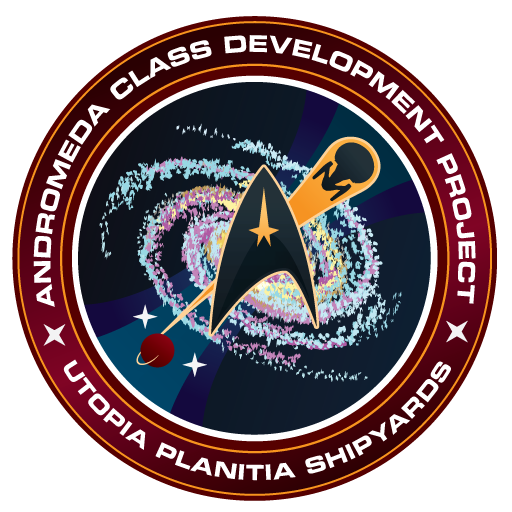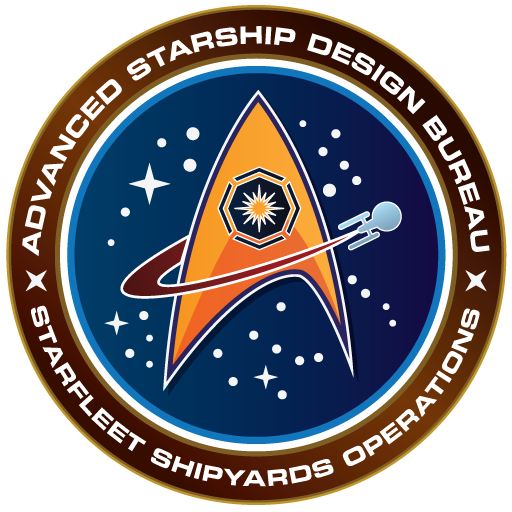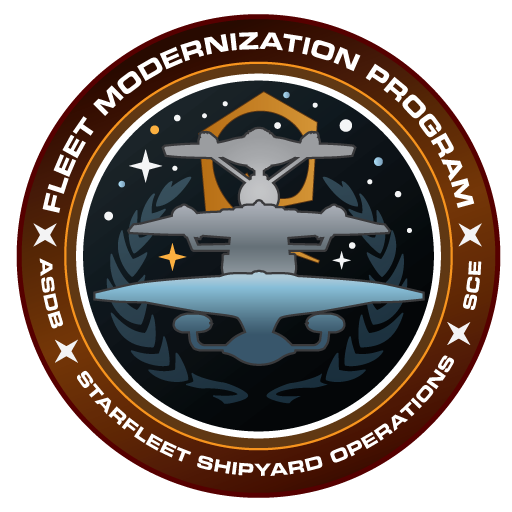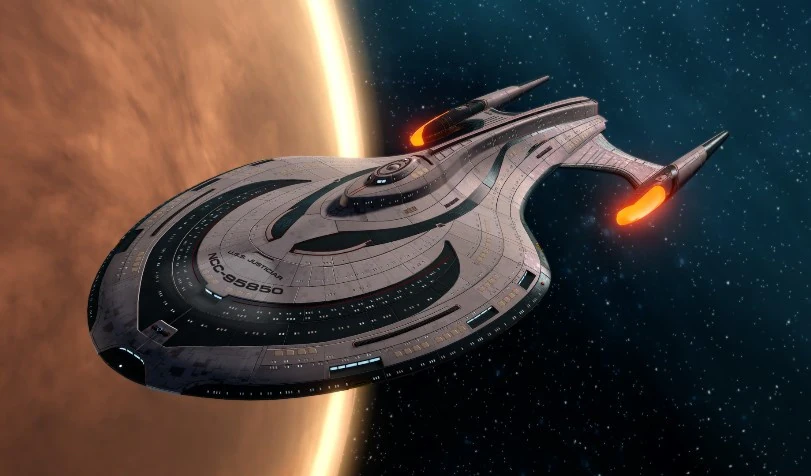Ship's Manual
Justiciar Class Manual • USS Solenne Abridged Version 002.00.00



Mission Objectives
Starfleet Command authorizes the Justiciar Class Command Star Cruiser as a flagship-level mobile operations platform designed to coordinate strategic fleet operations and respond to high-priority Federation needs. The mission objectives for the Justiciar Class are as follows:
- Fleet Command & Control: Lead multi-ship operations as a mobile flagship equipped with advanced communications and tactical coordination systems.
- Crisis Response: Rapidly deploy to areas affected by large-scale emergencies or military conflicts to stabilize the situation and restore order.
- Diplomatic Authority: Serve as the host vessel for high-level diplomatic negotiations and Federation summits.
- Tactical Deterrence: Maintain superior firepower and defensive capability to safeguard Federation interests and deter hostile actions.
- Logistical Command: Coordinate large-scale operations, including relief efforts, fleet resupply, and planetary evacuations.
- Technological Integration: Integrate modular command systems, AI support, and holotactical simulations for dynamic mission reconfiguration.
The Justiciar Class Command Star Cruiser reflects Starfleet's evolving strategic doctrine—combining diplomacy, leadership, and military readiness in one powerful platform.

Justiciar Class Command Cruiser
- Ship Name USS Solenne
- Registration No. NCC-93277-C
- Designation Justiciar-Class
- Classification Command Star Cruiser
- Affiliation United Federation of Planets
- Operator Starfleet
- Designer Advanced Starship Design Bureau
- Development Facility Utopia Planitia Fleet Yard
- Production Facility Utopia Planitia Fleet Yard
- Service Year 2412
- Length 740 Meters
- Decks 20
- Crew 1,200 Standard2,500 Emergency Capacity
- Speed Cruise: Warp Factor 7.5Max: Warp 9.95Slipstream: 45 Min @ 350 LHpH
- Propulsion Systems Quantum M/AM Core, Slipstream Drive, Cochrane Class XI Nacelles
- Armaments 14x Type-XII Phaser Arrays2x Heavy Phaser Cannons6x Burst Torpedo Tubes
- Defenses Ablative Armor, Regenerative Shielding, Armored Hull
- Auxiliary Craft 36x Shuttlecraft, 12x Support Pods, 1x Sovereign-class Captains Yacht
- Support Systems Fleet AI Core (SOLENNE), Holographic Command Planning Network
The Justiciar Class emerged from the evolution of the Avenger-class battlecruiser, refined to support command-level leadership and strategic fleet deployment. With its advanced systems and bridge architecture, it rapidly replaced older flag-capable vessels like the Odyssey in many key deployments.
The USS Solenne was laid down in 2411 and launched in 2412. It is the third iteration to carry the Solenne name, reflecting a renewed Starfleet emphasis on leadership through diplomacy backed by readiness. As tensions escalated near the Romulan border, the Solenne entered service as a stabilizing Federation force in volatile sectors.
Life aboard the Justiciar class emphasizes leadership, resilience, and readiness. Officers posted to this class often have advanced training in crisis response, diplomacy, or command theory. The USS Solenne features expanded living quarters, admiralty suites, holosim centers, and war rooms used for fleet strategy and mission planning.
With mission profiles that can shift in real-time, adaptability and discipline are part of the ships culture. Crews often serve long tours and develop tight interdepartmental cooperation, forming a close-knit yet professional command unit.
The USS Solenne continues the tradition of drawing from Earths ancient mythologies. Solenne, the Greek goddess of wisdom, war strategy, and justice, embodies the ideals of the ship—combining intellect, command presence, and a commitment to peace through strength.
The "C" variant marks the latest legacy version of the USS Solenne, transforming from exploratory to command-class with the same guiding virtues. Her name speaks to the balance between strategic action and enlightened leadership that defines the Federation’s highest ideals.
